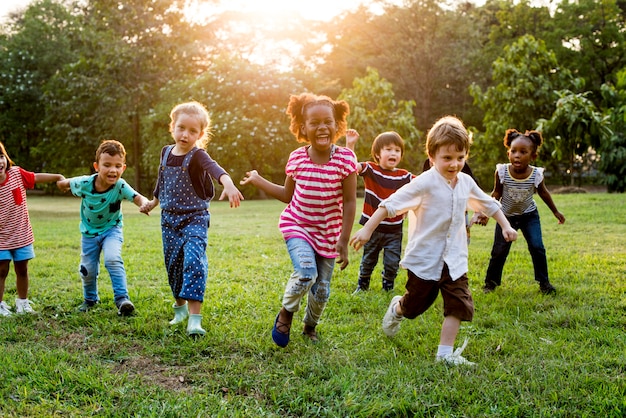
This website is devoted to helping you nurture your child’s skills and abilities, by supporting the processing and integration of sensations and their relationship to coordinated movements, skills and abilities. It is designed to support both typical development — how we can best support all skills and areas of learning in a well-rounded way — and to provide strategies for how to ease challenges, with targeted tools and toys and activities that are effective, and often delightful, to use. I operate from the following premises:
- Everyone wants to learn and grow (and have fun in the process!), and if it seems like someone doesn’t, it is due to a barrier, internal or external, that must be addressed
- If a child likes what we present, we’re on the right track: we are presenting something that is neither so easy as to be boring, nor so difficult as to be meaningless (See Vygotsky’s Zone of Proximal Development)
- If too much attention is spent on one thing without any learning or growing evident, it is likely due to seeking or avoidance (managing sensations, detracting from learning), which need to be handled accordingly.
- With seeking, we may need to find more intense input to achieve comfort in the body, so less time can be spent on sensory regulation and more time on learning and developing.
- With avoidance, we need to identify what sensory stimulus is overwhelming or being avoided, and assuming it significantly disrupts life, we need to improve tolerance to it. If avoidance is something else (avoiding a task, person or situation), we may need to address it in other ways (meeting safety and other physiological and emotional needs). Kids will sometimes also over-focus on stimuli that stress them, in an attempt to acclimate or make the stimuli seem less scary, or find “control” over the situation.
Sensory Differences
How responsive each person is to any sensation (touch, hearing, vision, smell, etc) can be represented on a bell curve. Most of us have an average responsiveness to each sensation, but some people are extremely hypersensitive in certain senses, and some are very undersensitive (the extreme ends of the bell curve). And this can cause difficulties. Imagine the anxiety of not knowing the next time you are going to be assaulted with a strong odor, or an unexpected loud noise, or the hair-raising tickle of something against your skin? Alternately, imagine your body feels numb to certain sensations, and you need a lot of stimulation such as movement or tactile experiences, to feel secure and “at home” in your body — otherwise your body feels “lost”. Either extreme can significantly impact your ability to “tune out” information that is typically taken for granted, to be able to focus on learning, doing, and developing skills:
- if your registration of a sensation is decreased, attention is diverted to increase that sensation so that the body feels “safe” and capable and that all is working well – at the cost of all the other things you could be doing that is not “seeking that sensation”.
- If your body is hypersensitive to a sensation, it can be difficulty to tune that sensation out when appropriate (and not attend to the sound of a ventilation system, the feel of a label or fabric on skin). There can also be anxiety around if and when an “offending” sensation might appear (a loud noise, a particular smell or feel). The visual chaos of kids running around or behaving unexpectedly, or having a change in schedule or a novel activity increases the likelihood an “offending” event might occur, so fear of change and novelty is common.
This struggle to feel comfortable in one’s own body because of sensory differences (being at extremes on any sensory spectrum) is a growing problem. Before ease with learning and effective socialization can occur, people need to feel secure and well-regulated, and for a person with sensory differences, that means finding effective strategies for coping with these differences. Many children find maladaptive methods for coping, even if they are effective, and our task as concerned adults is to help provide adaptive ways of coping so that learning can occur, and reduce or eliminate poor behaviors in order to support quality relationships, social skills and personal empowerment.